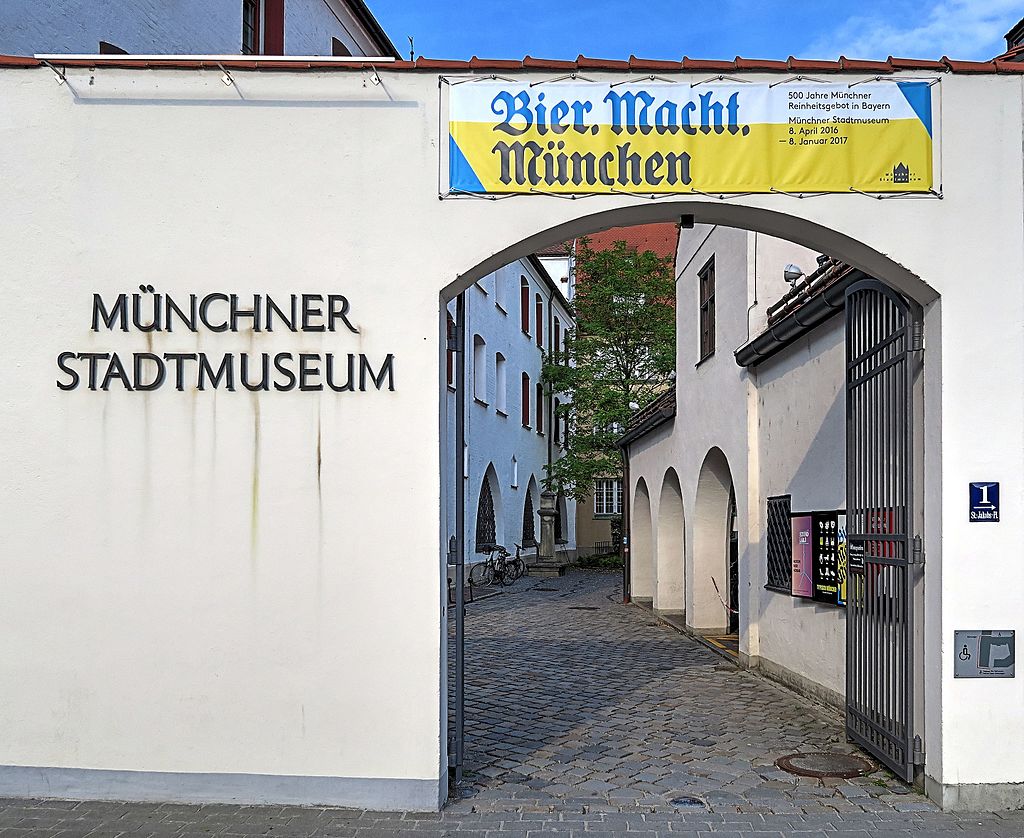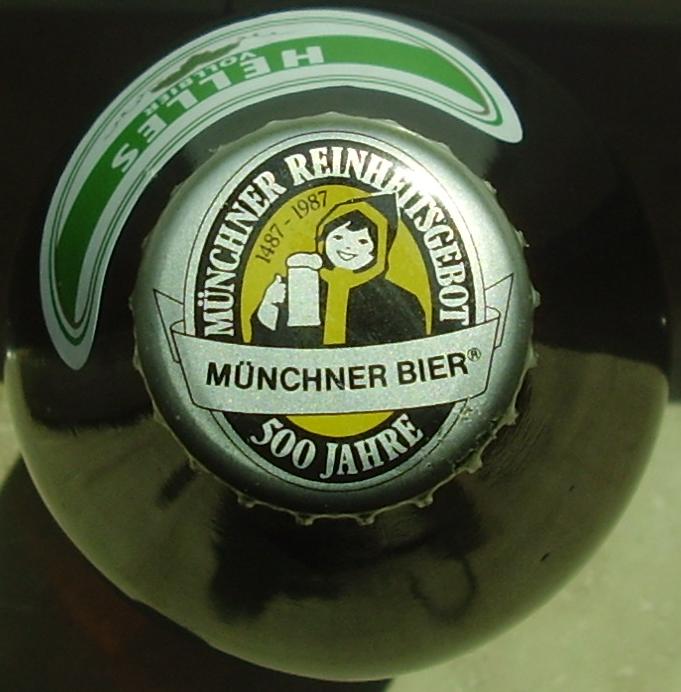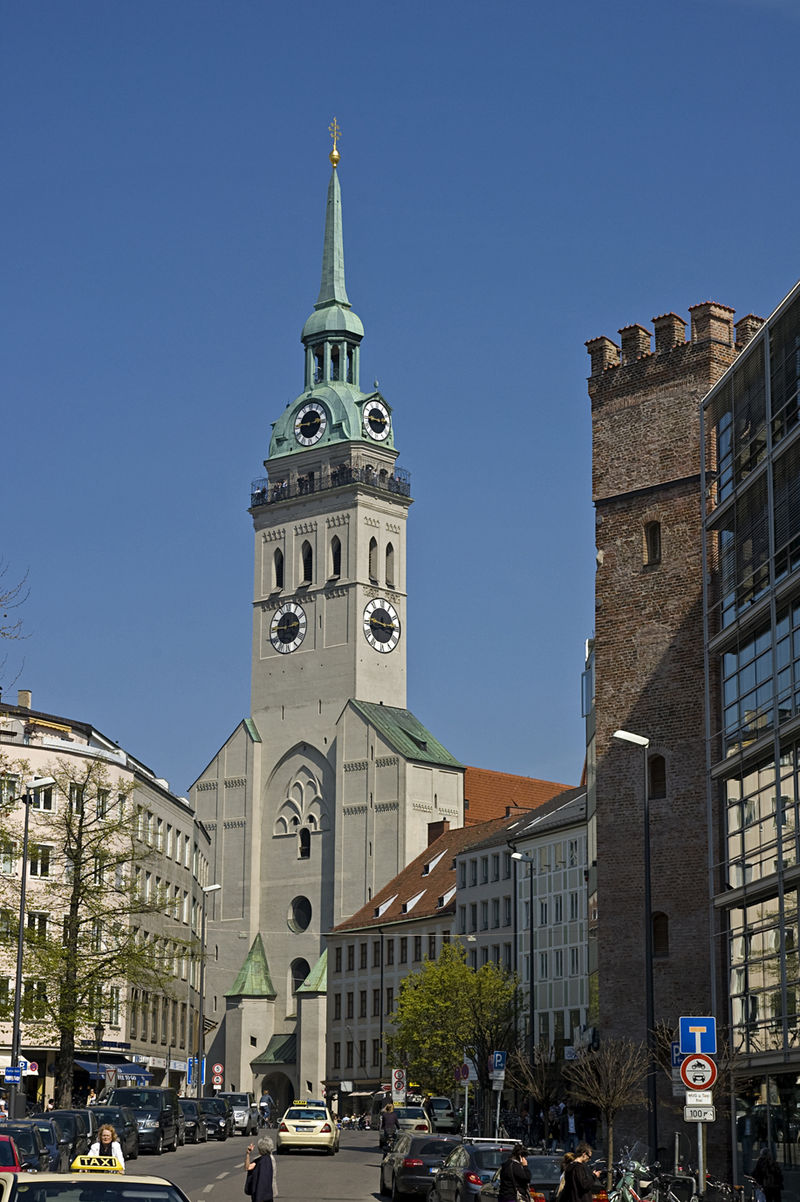Puberty

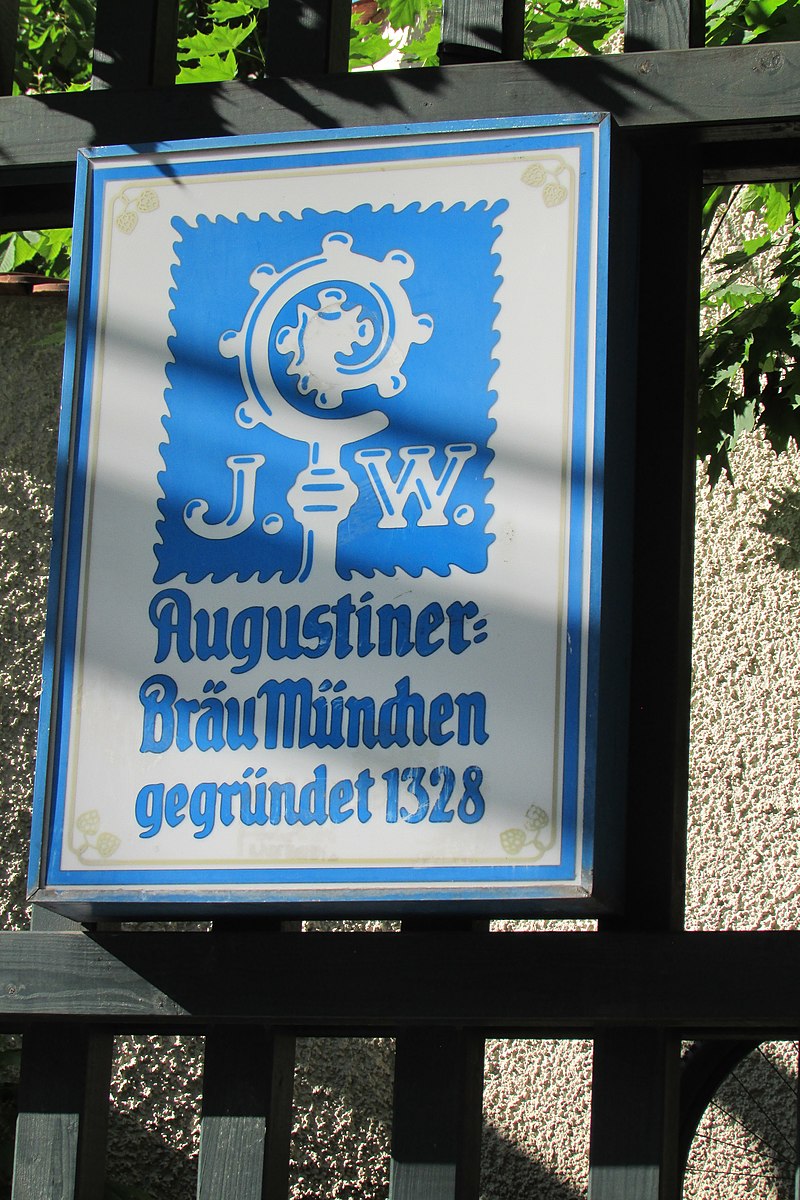
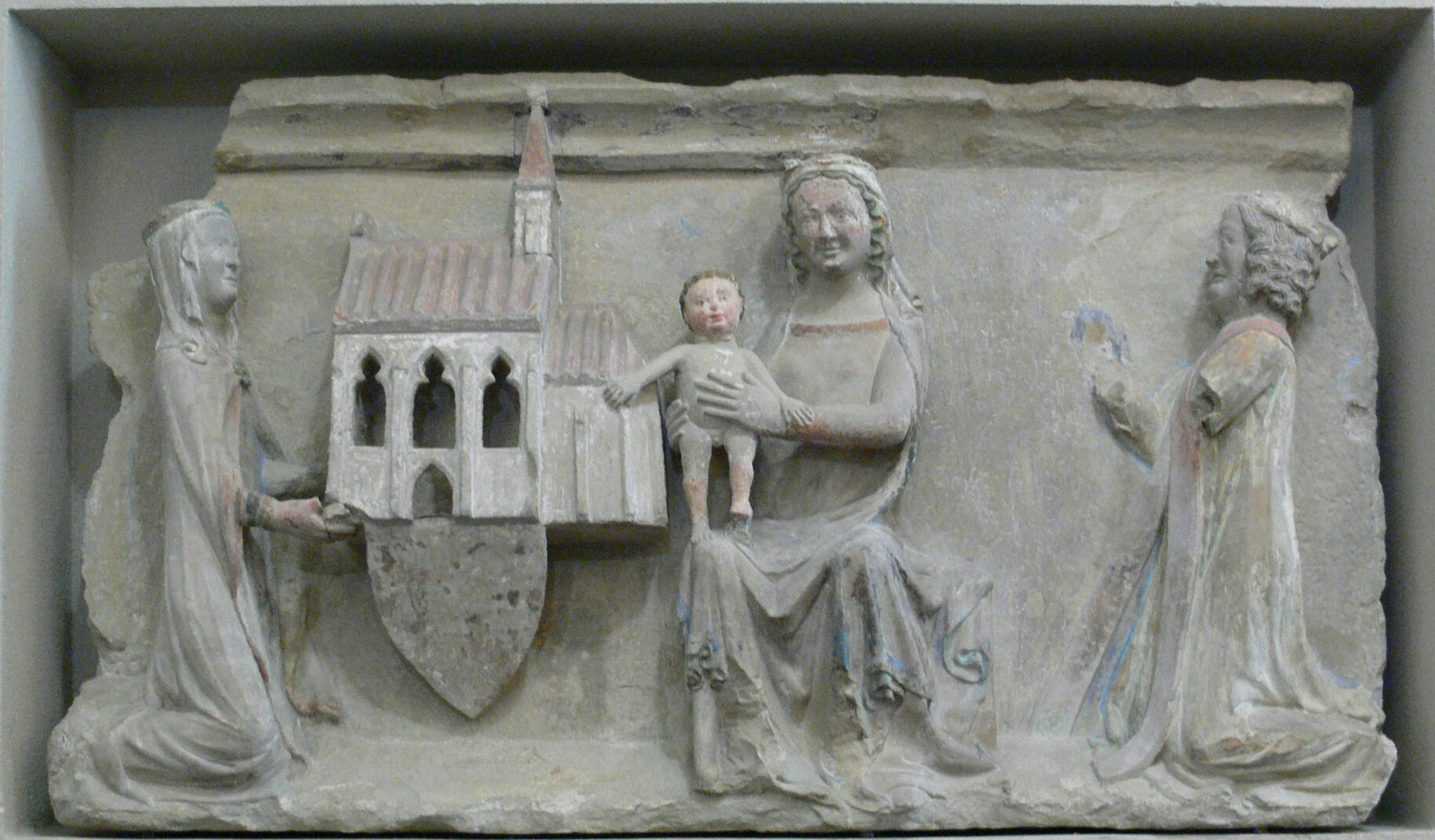
In 1327 a great fire which would destroy a great part of the medieval city including Alter Hof & St. Peter’s Church and the outbreak of the of Black Plague in 1348 would not be enough to bring the city’s self-confidence to its knees. From then on the imperial colors of black & gold would be adopted by Munich in every city seal and emblem. The Emperor was a son of Munich after all. No obstacle could hold the imperial city down for long. The pestilence and the human losses it produced did however succeed in igniting religious prejudice with some of the residents insisting that the Jews were the ones who had brought on the disease, argument reinforced by a group of roaming radical penitents known as the “flagellants” (after the whip used by the Romans) who often blamed the Jews for causing the disease. The first pogroms against the Jews were organized in Munich in 1349.
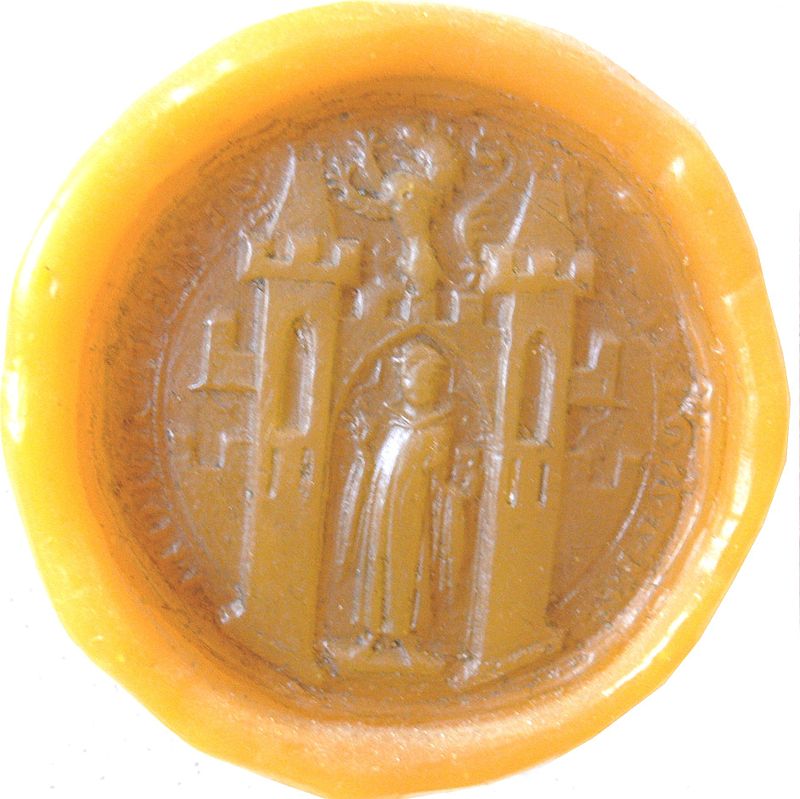
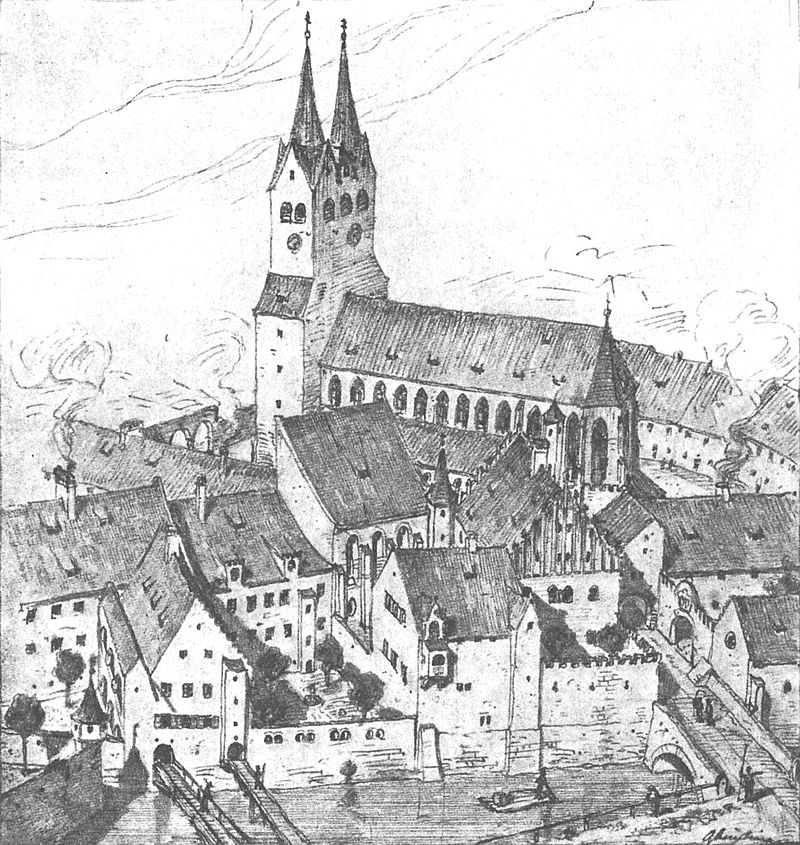
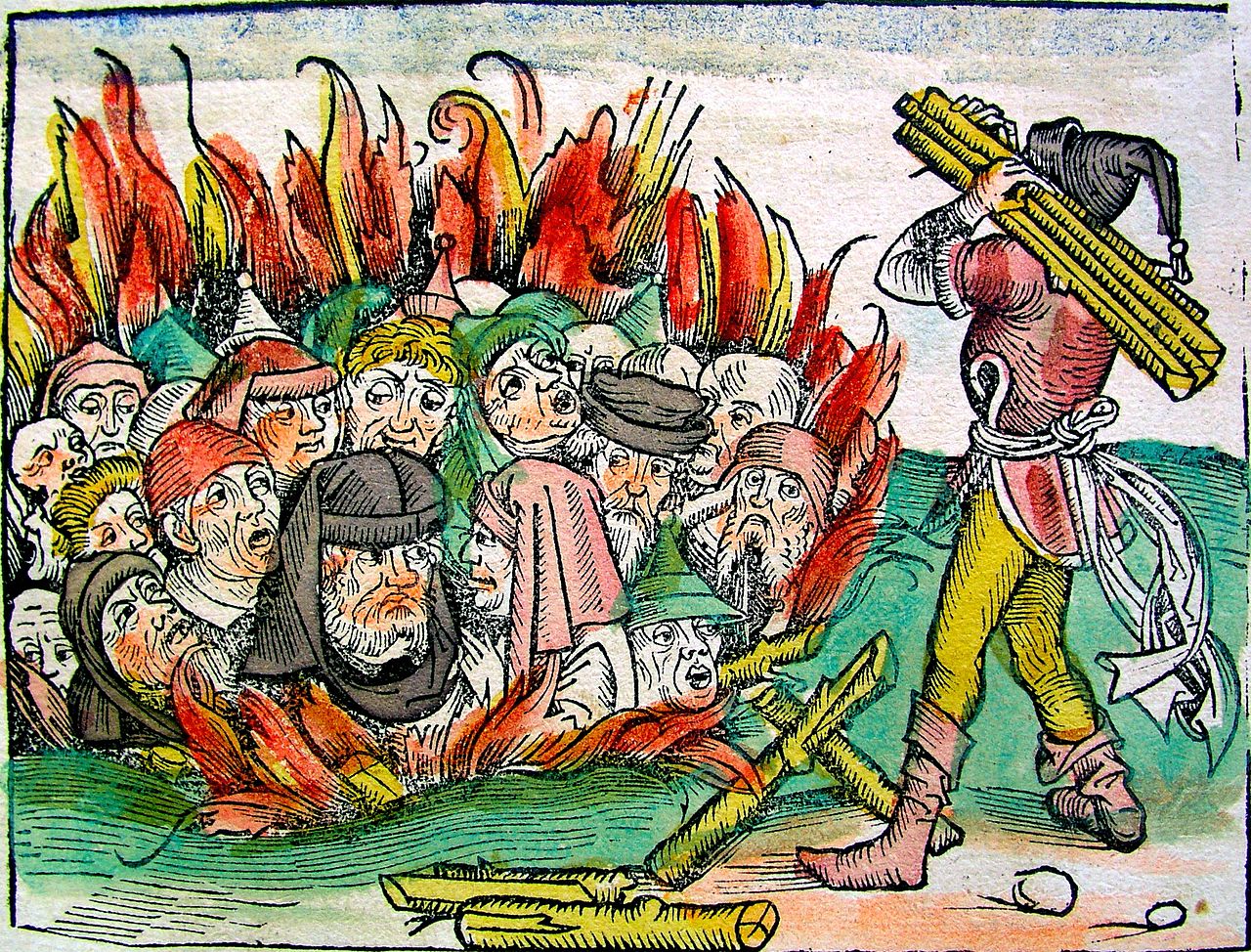
The silver lining of things came in the field of sanitation which was now a matter that prompted improvement, in the fire precautions that were standardized in the construction of the new buildings but also in a sector that would be identified with Munich in the years to come. Up to that point in history beer brewing in Bavaria was not something the locals were particularly proud of. Bavaria was mostly known as a place of mediocre wines. The earliest breweries in Munich were associated with religious institutions & did not brew for people outside of their convents. With water out of the question due to the fears of another plague, special attention was also given in beer brewing. In 1363, to guarantee quality & purity, the Munich City Council took over the duty of supervising & regulating the production of beer throughout the city, a tactic which was also followed by the cities of northern Germany like Hamburg & Bremen producing some of Europe’s best beers at the time. Five years later, after 40 years of work the reconstructed church of Alter Peter opens its gates inaugurating a new era of optimism for the city.
